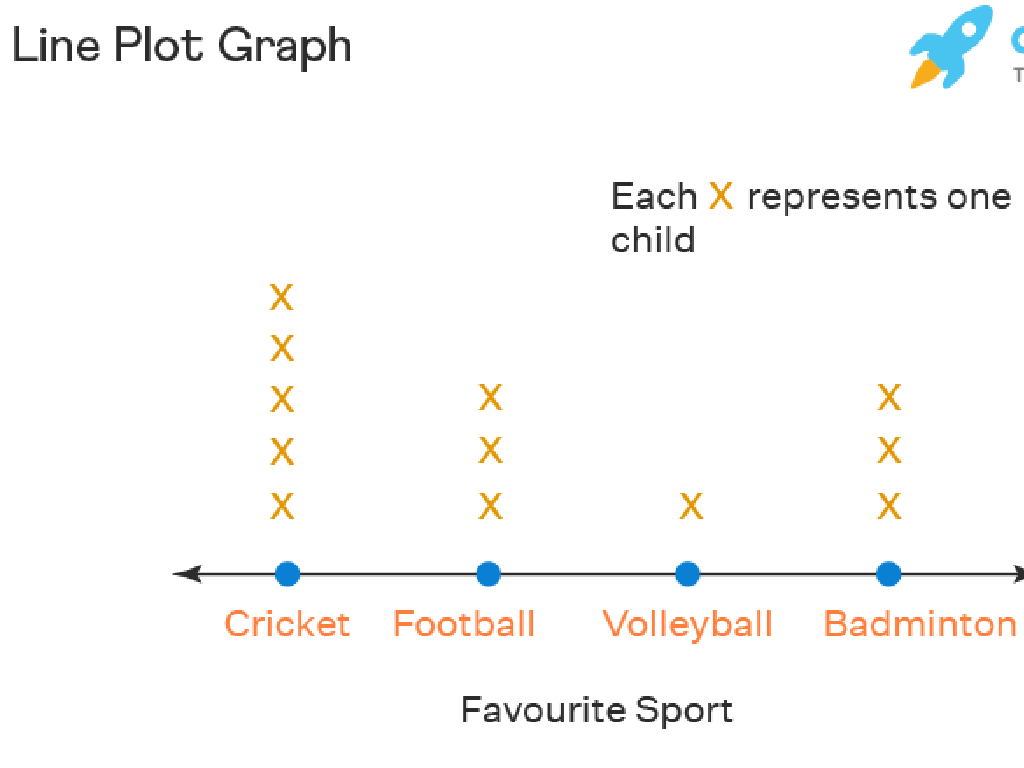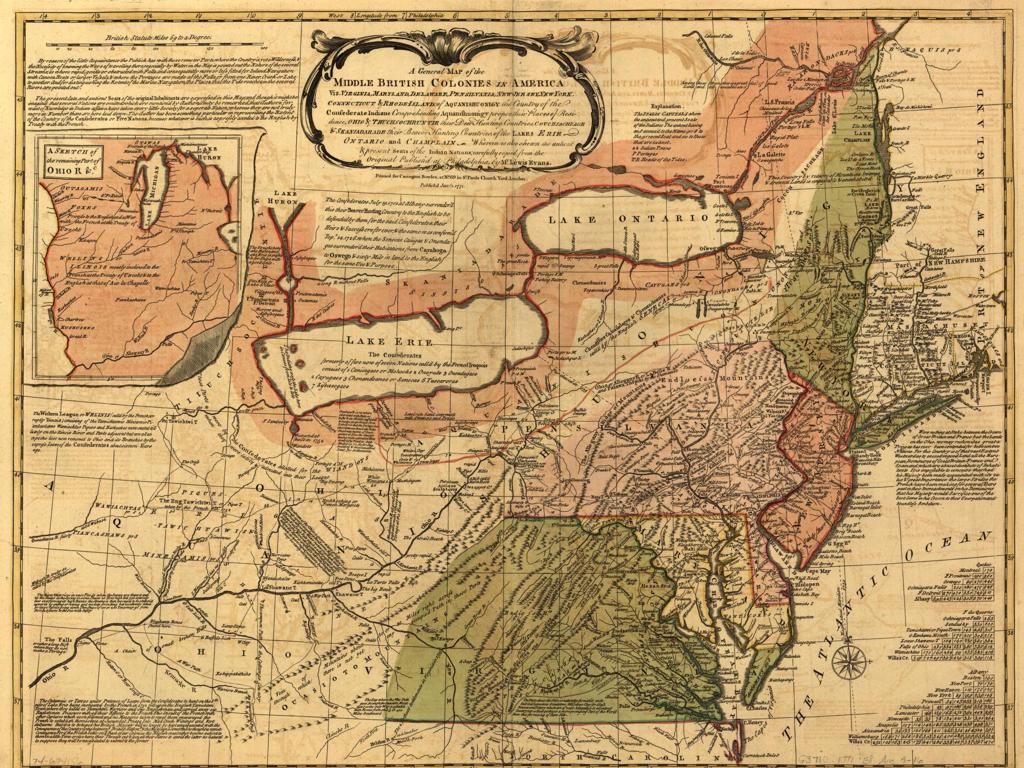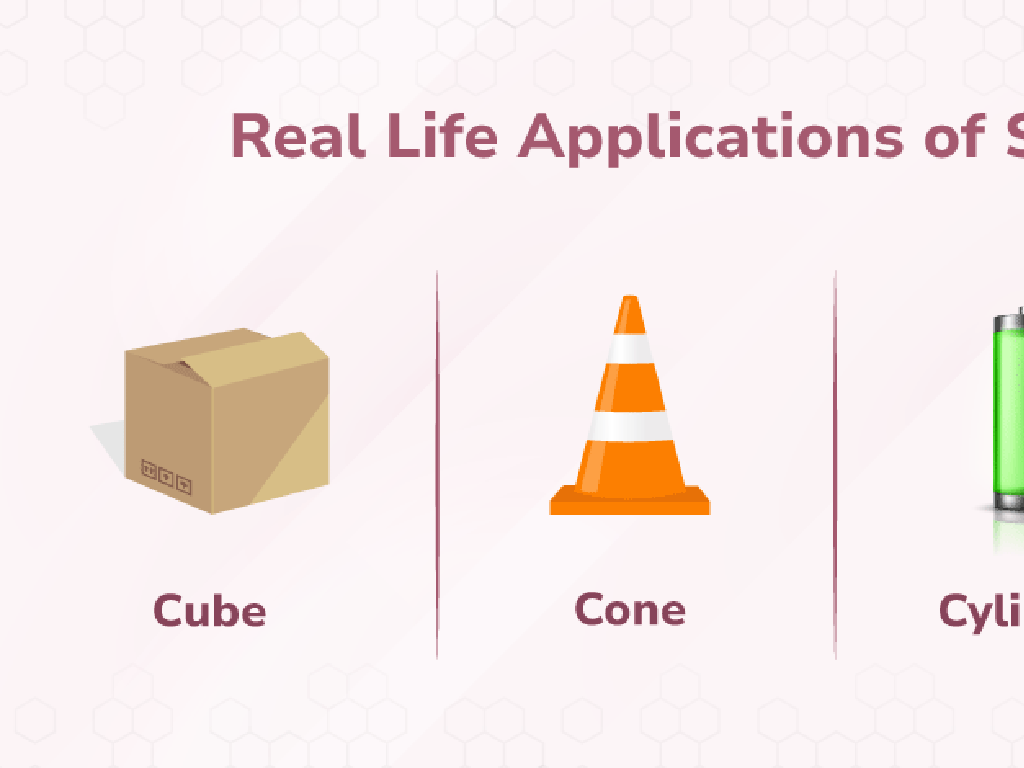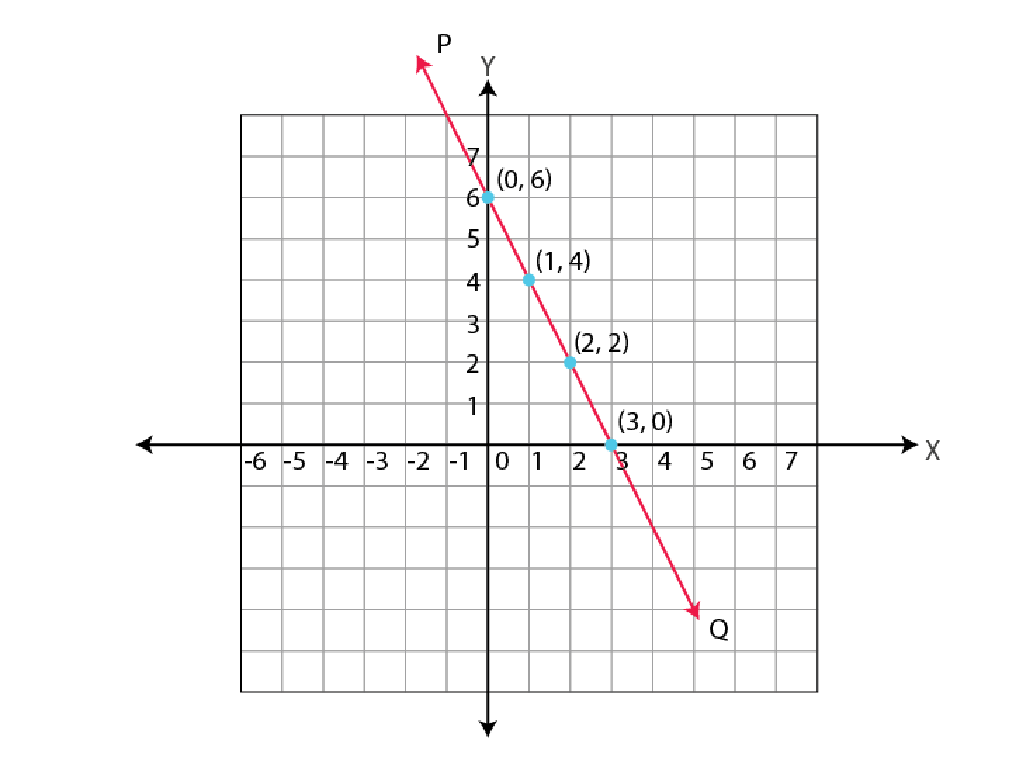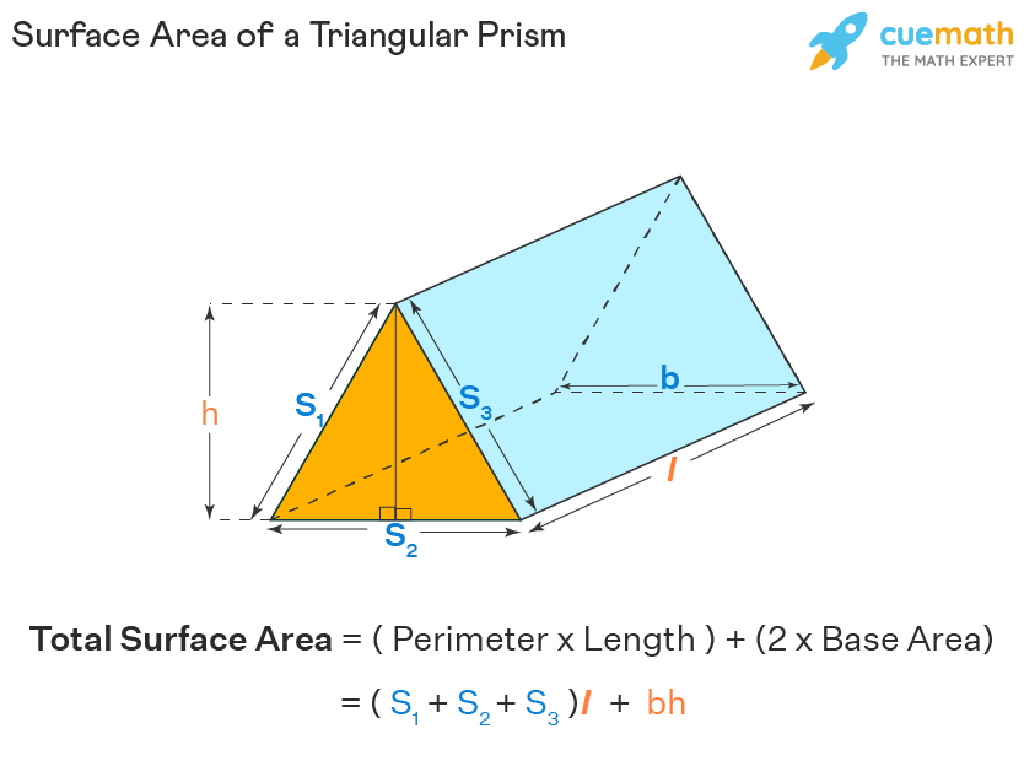Calculate Speed, Distance, And Time I
Subject: Science
Grade: Sixth grade
Topic: Velocity, Acceleration, And Forces
Please LOG IN to download the presentation. Access is available to registered users only.
View More Content
Welcome to the World of Motion!
– Understanding motion basics
– Motion involves speed, distance, and time
– Measuring speed of objects
– Speed = distance ÷ time. How fast is a car going if it travels 100m in 5s?
– Real-life motion examples
– Examples: a car on a highway, a snail in a garden
– Calculating speed, distance, time
– Use the formula: Speed = Distance ÷ Time to calculate
|
This slide introduces students to the fundamental concepts of motion, specifically focusing on speed, distance, and time. Begin by explaining that motion is the change in position of an object over time. Introduce the formula for speed and demonstrate how to measure it with practical examples. Use relatable examples like cars on a highway or a snail in a garden to illustrate these concepts in a way that’s engaging for sixth graders. Conclude by showing how to use the speed formula to calculate the speed of different objects, reinforcing the relationship between speed, distance, and time. Encourage students to think of other examples of motion and how they might measure them.
Understanding Speed in Motion
– Speed: measure of movement rate
– Speed formula: Speed = Distance ÷ Time
– If a car travels 100 miles in 2 hours, speed = 100 ÷ 2 = 50 mph
– Common speed units: mph, m/s
– mph (miles/hour), m/s (meters/second)
– Calculating speed with examples
– Example: A runner covers 20 meters in 4 seconds, speed = 20 ÷ 4 = 5 m/s
|
Speed is a fundamental concept in physics, describing how quickly an object is moving. It is calculated by dividing the distance traveled by the time it takes to travel that distance. When discussing speed with students, emphasize the importance of consistent units and the common units used, such as miles per hour for cars or meters per second for shorter distances or scientific experiments. Provide examples to illustrate how to calculate speed using the formula, and encourage students to solve problems involving different units of speed. This will help them understand the concept of rate and prepare them for more complex topics in physics.
Calculating Speed with Examples
– Speed: Distance divided by Time
– Car example: 60 miles in 2 hours
– Speed = 60 miles / 2 hours = 30 mph
– Runner example: 100m in 10 seconds
– Speed = 100 meters / 10 seconds = 10 m/s
– Practice calculating speed
– Use the formula: Speed = Distance / Time
|
This slide introduces the concept of speed and how to calculate it using two examples. Speed is a measure of how fast an object is moving and is calculated by dividing the distance traveled by the time it takes to travel that distance. The first example illustrates a car’s speed over a long distance, while the second shows a runner’s speed over a short sprint. These examples help students understand the formula and apply it to different scenarios. Encourage students to practice with additional examples and ensure they understand units of measurement for distance (miles, meters) and time (hours, seconds).
Understanding Distance in Motion
– Distance: How far an object travels
– Units of distance: meters, kilometers, miles
– Common units include meters (m), kilometers (km), and miles (mi)
– Measuring distance: maps and tech
– Use GPS, odometers, or rulers to determine distance
– Distance in everyday life
– Examples: Trip to school, a race, or a flight
|
This slide introduces the concept of distance as a measure of how far an object has moved, which is a fundamental aspect of calculating speed in physics. Emphasize the different units used to measure distance, with meters being the standard unit in the International System of Units (SI). Highlight how technology, such as GPS, and traditional methods like maps can be used to measure distances accurately. Provide relatable examples to help students connect the concept of distance to their daily lives, such as the distance they travel to school or during a sports event. Encourage students to think about how they would measure various distances and to be prepared to discuss different methods in class.
Understanding Time in Motion
– Time as event duration
– Time quantifies how long an event lasts.
– Units of time measurement
– Common units: seconds (s), minutes (min), hours (h).
– Measuring time with a stopwatch
– Stopwatches are tools for precision timing.
– Time’s role in calculating speed
– Speed = Distance ÷ Time, so accurate time is crucial.
|
This slide introduces the concept of time as it relates to motion and speed. Time is a fundamental variable in physics that allows us to measure the duration of events. It’s important for students to understand that time can be measured in different units depending on the length of the event. A stopwatch is a practical tool for measuring time, especially in experiments involving speed and distance. Emphasize the importance of accurate time measurement when calculating speed, as it directly affects the result. Provide examples of timing different activities, such as running a lap or a car traveling a certain distance, to illustrate the concept.
Exploring the Relationship: Speed, Distance, and Time
– Relationship of speed, distance, time
– Speed = Distance ÷ Time. All three are interconnected.
– Change one, affect the others
– If you increase speed, distance grows if time is constant, and vice versa.
– Interactive speed adjustment example
– Example: Adjusting a car’s speed in a simulation and noting changes.
– Observe distance and time changes
– How does traveling faster or slower alter the distance covered or time taken?
|
This slide introduces students to the fundamental relationship between speed, distance, and time. It’s crucial to explain that speed is the rate at which an object covers distance and that time is the duration over which the movement occurs. Use an interactive example, such as a car simulation, where students can adjust the speed and observe how it affects the distance covered in a certain time or how the time required changes with a fixed distance. This will help them understand the inverse relationship between speed and time when distance is constant, and the direct relationship between speed and distance when time is constant. Encourage students to think of real-life scenarios where they have experienced this relationship.
Calculating Speed, Distance, and Time
– Cyclist speed problem
– Speed: 10 mph, Time: 3 hours, Distance: ?
– Train distance problem
– Distance: 300 miles, Time: 5 hours, Speed: ?
|
This slide presents two practice problems to help students apply the formulas for calculating speed, distance, and time. For the first problem, students will use the formula Distance = Speed x Time to find out how far the cyclist travels. In the second problem, they will rearrange the formula to Speed = Distance / Time to determine the train’s speed. Encourage students to set up the problems by writing down what they know and what they need to find, then plug in the values and solve. Possible activities include working in pairs to solve the problems, creating a poster with the solution steps, or having a race to see who can solve the problems correctly first.
Class Activity: Calculate Your Own Speed!
– Measure your walking speed over 10 meters
– Use the speed formula: speed = distance/time
– If you walk 10 meters in 5 seconds, your speed is 2 meters/second
– Reflect on how speed varies with time and distance
– A faster speed means less time to cover a distance
– Share your results and observations
|
This interactive activity is designed to help students understand the relationship between speed, distance, and time. Have each student walk a distance of 10 meters and time how long it takes. Then, they will use the formula ‘speed = distance/time’ to calculate their walking speed. Discuss as a class how varying speeds affect the time taken to travel the same distance and how distance can be affected by time when speed is constant. Encourage students to think about different modes of transportation and how speed plays a role in daily life. Possible variations of the activity could include running instead of walking, measuring over different distances, or carrying different weights to simulate resistance.
Conclusion: Speed, Distance, and Time
– Recap of calculating speed
– Speed = distance/time, e.g., car traveling 60 miles in 2 hours is 30 mph
– Recap of calculating distance
– Distance = speed x time, e.g., walking at 3 mph for 2 hours covers 6 miles
– Recap of calculating time
– Time = distance/speed, e.g., a 100-mile trip at 50 mph takes 2 hours
– Relevance to daily life
– Understanding these helps in planning trips, sports, and science experiments
|
This slide serves as a wrap-up for the lesson on speed, distance, and time. Begin by reviewing the formulas for calculating each element and provide examples to reinforce the concepts. Emphasize the importance of these calculations in real-life scenarios such as trip planning, participating in sports, and conducting science experiments. Encourage students to ask questions or share any interesting observations they’ve made during the lesson. This is also a good time to address any misconceptions and ensure students are comfortable with the material before moving on.
Homework: Speed, Distance, and Time
– Complete the worksheet provided
– Find real-world examples
– Examples: a car trip, running in a park, or a plane flight
– Apply concepts of speed, distance, and time
– How fast? How far? How long did it take?
– Study for the upcoming quiz
|
This homework assignment is designed to reinforce the concepts of speed, distance, and time. The worksheet will provide structured practice, while finding real-world examples will help students see the relevance of these concepts in everyday life. Encourage students to think about scenarios where they can measure how fast something is moving, the distance it travels, and the time it takes. This could include personal experiences or observations. Remind them to be prepared for a quiz during the next class, which will assess their understanding of these fundamental concepts in physics. Provide study tips, such as reviewing their class notes, reworking through the worksheet, and ensuring they can explain their real-world examples.

